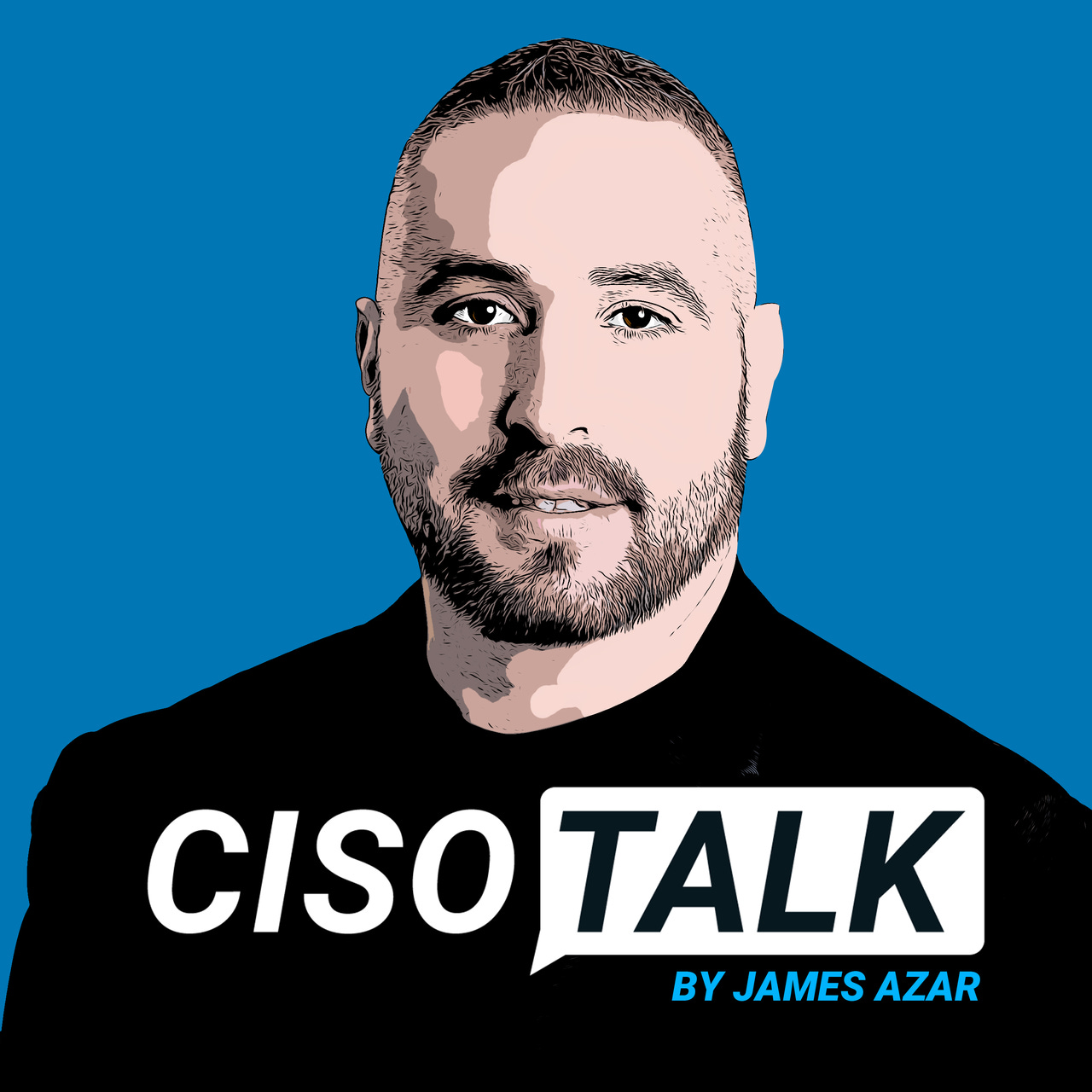In this episode of the Cyber Hub podcast, James welcomes Jaime Blasco, co-founder and CTO of Nudge Security, to discuss the evolving landscape of SaaS security and supply chain risks.
The discussion delves into common misconceptions, practical strategies, and actionable insights for security practitioners.
1. Misconceptions about SaaS Security:
Jaime highlights a significant misconception: traditional network security controls are inadequate for SaaS environments. Companies often mistakenly believe their existing investments in security controls are sufficient, leading to visibility and control issues.
2. Challenges with Traditional Controls:
Existing endpoint and network security investments fail to provide the necessary visibility and configuration management in a SaaS world, where employees access services from diverse locations and devices.
3. Shared Responsibility Model:
The concept of shared responsibility between SaaS vendors and customers has diminished, creating gray areas and confusion. Large cloud providers like AWS, Google, and Microsoft promote this model, but it's less clear with smaller SaaS vendors.
4. Supply Chain Visibility:
Organizations often underestimate the extent of their SaaS ecosystem. Jaime emphasizes the importance of comprehensive visibility and inventory management to ensure all SaaS vendors and their configurations are known and monitored.
5. Identity and Access Management:
Strong identity management, including MFA and SSO, is crucial. Jaime criticizes the "SSO tax" where vendors charge extra for essential security features, arguing these should be standard offerings.
6. Third and Fourth-Party Risks:
Understanding and managing risks from indirect vendors (third, fourth, and fifth parties) is critical. This includes assessing configurations, monitoring API integrations, and ensuring robust identity and access controls.
7. Incident Response and Disaster Recovery:
Jaime advises updating incident response and disaster recovery plans to include scenarios involving SaaS vendor compromises. This should include prompt actions like password resets, MFA enforcement, and revoking tokens.
8. Balancing Security and Usability:
Security measures should not overly restrict employees' ability to do their jobs. Finding the right balance between security and usability is essential to prevent shadow IT and ensure compliance with security policies.
9. AI and GenAI Tools:
The rapid adoption of AI tools adds complexity to SaaS security. Organizations need proactive strategies to manage the use of these tools while ensuring data security and compliance.
Conclusion:
Jaime concludes by stressing the importance of visibility, identity management, and proactive risk mitigation. He recommends leveraging tools like Nudge Security to gain insights into SaaS ecosystems and enhance security posture.
For more information and a free trial of Nudge Security, visit https://www.nudgesecurity.com/cyberhub
🔔 Subscribe now for the latest insights from industry leaders, in-depth analyses, and real-world strategies to secure your digital world. https://www.youtube.com/@TheCyberHubPodcast/?sub_confirmation=1
✅ Important Links to Follow:
👉Website: https://www.cyberhubpodcast.com
👉Substack:
👉Listen here: https://linktr.ee/cyberhubpodcast
✅ Stay Connected With Us.
👉Rumble: https://rumble.com/c/c-1353861
👉Facebook: https://www.facebook.com/CyberHubpodcast/
👉LinkedIn: https://www.linkedin.com/company/cyberhubpodcast/
👉Twitter (X): https://twitter.com/cyberhubpodcast
👉Instagram: https://www.instagram.com/cyberhubpodcast
✅ For Business Inquiries: info@cyberhubpodcast.com
=============================
✅ About The CyberHub Podcast.
The Hub of the Infosec Community.
Our mission is to provide substantive and quality content that’s more than headlines or sales pitches. We want to be a valuable source to assist those cybersecurity practitioners in their mission to keep their organizations secure.
















Share this post